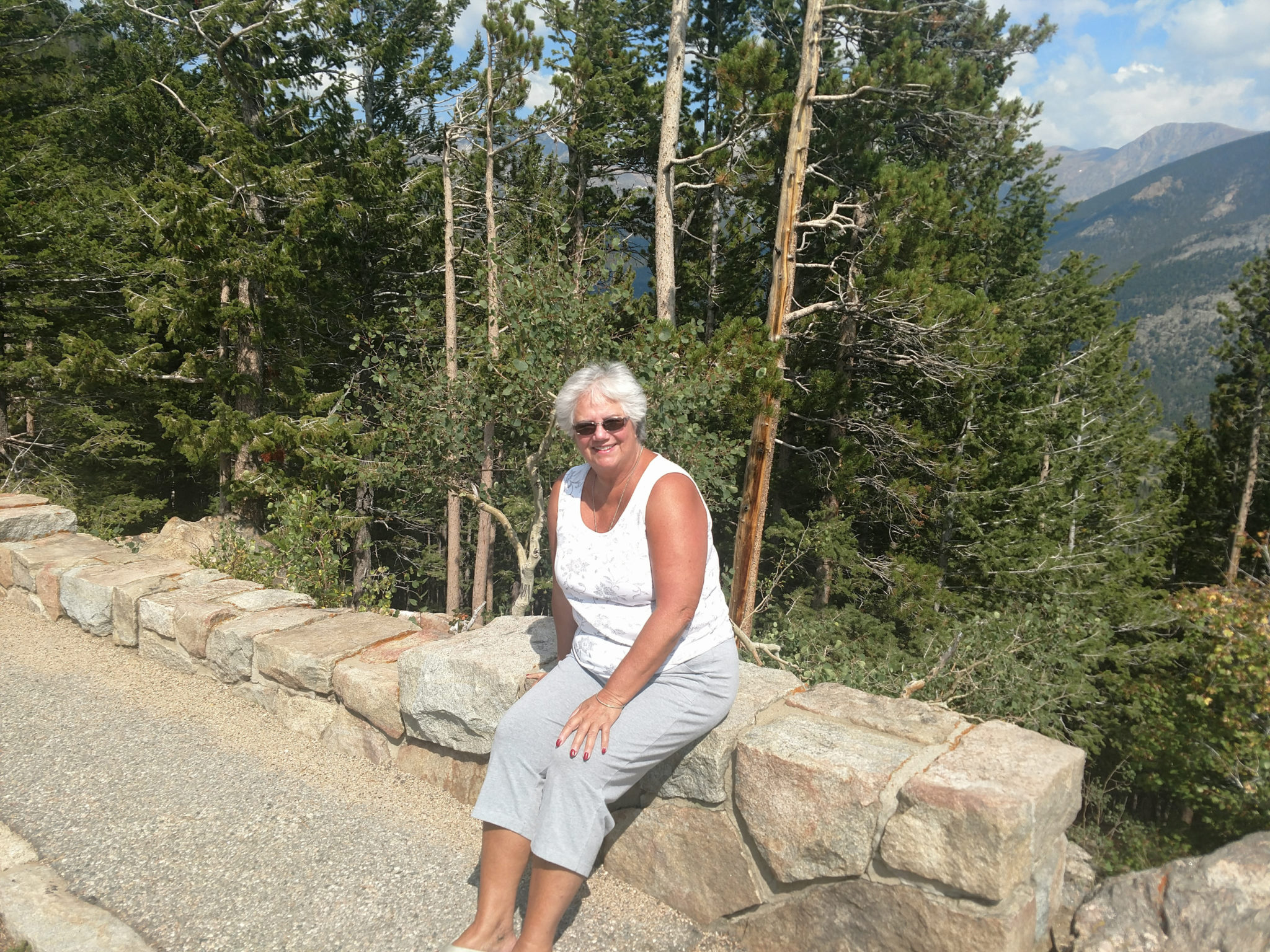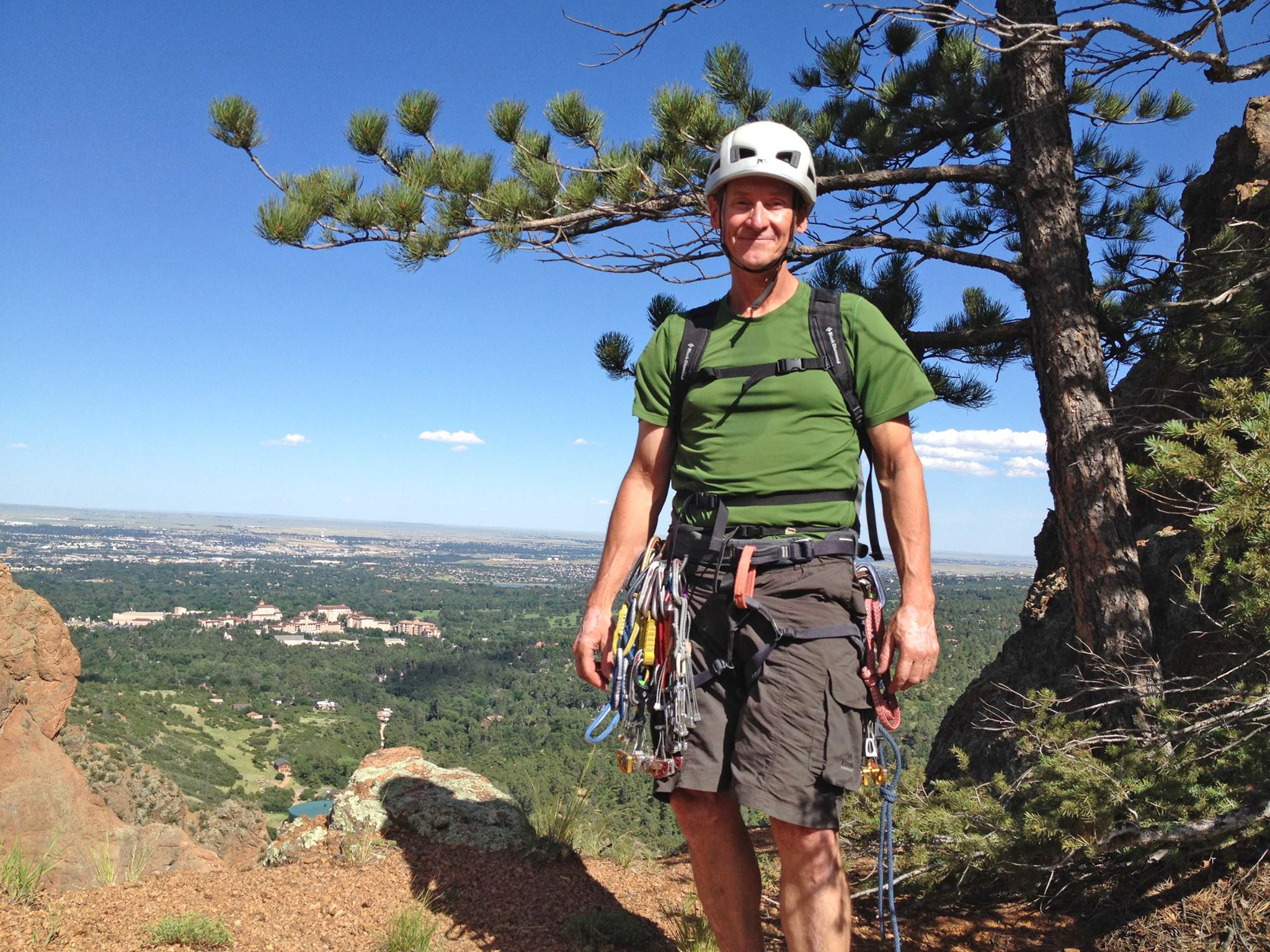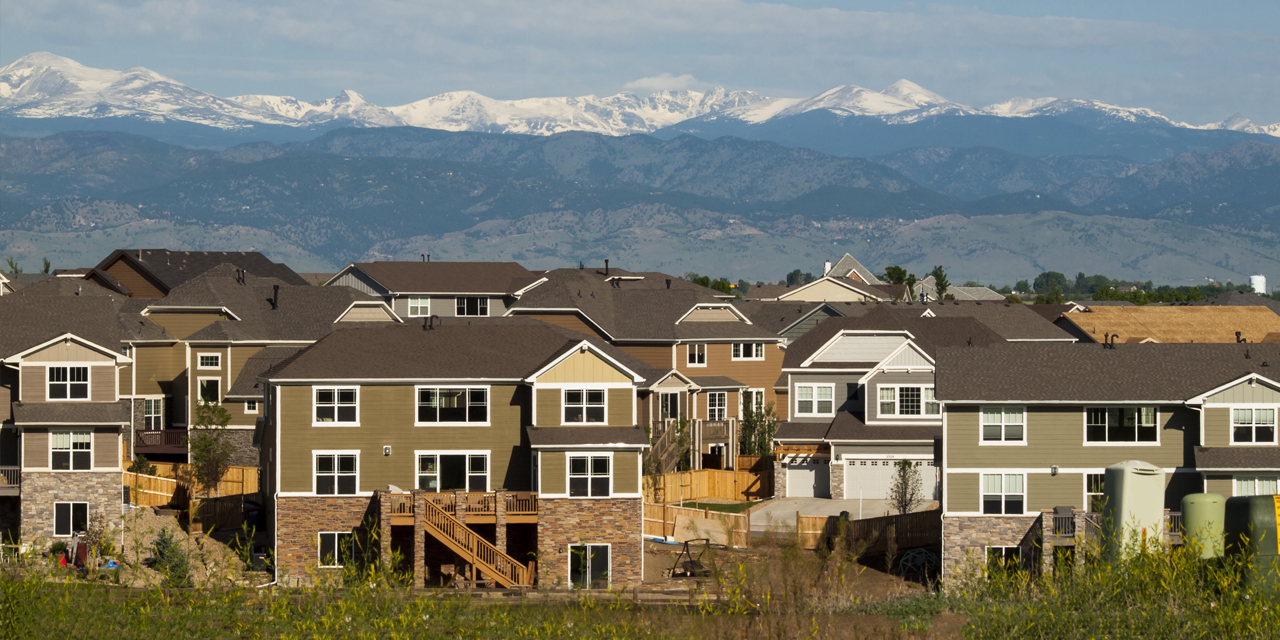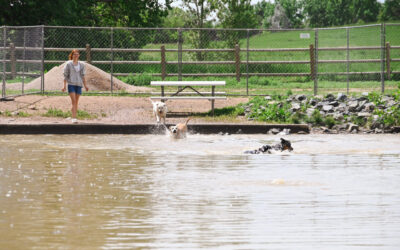By Brad Shannon
The 2018 regional economic update presents a picture of health, but also growing pains. With 6.5 percent of Colorado’s land mass, NOCO punches above its weight economically; it is home to 11.4 percent of the state’s population, 10.2 percent of its jobs and 10 percent of its personal income.
With one of the strongest regional economies in the nation, Northern Colorado has its share of successes and struggles. Economists often claim “a rising tide lifts all boats,” but does that apply to Northern Colorado’s growth?
Consider the plight of Carmen Mendoza. After living in Fort Collins for 38 years, she left with mixed feelings in January. She listed her Midtown home for $315,000—well over her 1997 $114,000 purchase price—and moved back to the high desert of California. “From a town of 65,000 to a booming city of 170,000, the place I remember fondly no longer exists,” she said. “Driving is more difficult, dining out is more costly, and home values have climbed, as have taxes.

After living in Fort Collins for 38 years, Carmen Mendoza moved away in January, unable to live comfortably as a retiree on a fixed income.
“As a single, retired woman on a fixed income, I took a hard look at reality; I can no longer afford to live in an area I love. I moved where it’s affordable for me, and while it’s bittersweet, I can make ends meet here.”
Then there are stories like Don McGrath’s. He came from upstate New York in 2001 to manage a design group at LSI Logic. Then came 9/11. A few tough years followed, as he had to lay off many people. He developed his skills, took on greater responsibilities, supervised more people, which led to greater pay.
His employer acquired another company, and he stayed on, managing a smaller team, until a reorganization eliminated his job. He found another job in the same company, which eventually was acquired by Broadcom. “They were generous with stock awards, and I ended up with large windfalls,” he said.

“I am living my dream,” says Don McGrath, whose career trajectory has been marked by many ups and downs. He now makes a living as a writer, speaker and trainer; he lives in Fort Collins.
“Meanwhile, I was working to learn skills to earn money as a writer, speaker and trainer. In 2017, I found myself in a position where I didn’t need my corporate paycheck anymore and now make my living writing, speaking and doing workshops. It’s not been all positive. Lots of ups and downs, but in the end, I am living my dream.”
A Regional Perspective
With 6.5 percent of Colorado’s land mass, NOCO is home to 11.4 percent of its population, 10.2 percent of its jobs, and 10 percent of its personal income. The growth in population, employment, home values, personal income and more, along with everything that makes the region appealing from a lifestyle perspective, means it captures more market share, according to Brian Lewandowski, associate director of the Business Research Division at the University of Colorado Leeds School of Business.
That’s borne out in how the region suffered less and recovered faster from the recession than many areas of the country. In most every category, the region outpaced other metropolitan statistical areas (MSAs) in Colorado and nationally, and 2017 generally met or exceeded many experts’ economic performance expectations. This follows five years of solid economic performance and growth, and experts expect the trend to continue through 2018.
Martin Shields, professor of economics and director of Colorado State University’s Regional Economics Institute, observed there’s nothing to suggest a slowdown in this region. “The economy is growing, unemployment is low, wages are increasing—all things we like to see.”
Employment
The Weld County MSA had the largest employment growth in the state last year, with Larimer County’s MSA second. The region has had the lowest unemployment rate in the nation, at 2 percent, lower than what area officials and employers want to see in an efficient economy. Efforts underway to address regional workforce development issues include Talent 2.0 in Fort Collins and ACE (Achieving Community Excellence) and Bright Futures in Greeley. These are supported by the workforce centers in their respective counties and other organizations to help give people opportunities to enter the workforce, earn livable wages, and make the region more competitive from a human capital standpoint.

Of 360 MSAs, Greeley was sixth nationally, and Fort Collins was 45th for employment growth. “Colorado is outperforming the nation in economic and employment growth, and the boom is concentrated north of Denver up to Fort Collins and Greeley,” Lewandowski reported.
He said it’s notable that Weld has had strong growth in the manufacturing sector, rising by $134 million in real gross domestic product, indicating the area has diversified away from agriculture and oil and gas. He’s encouraged by growth in every single industry, and noted that’s unique to the northern region of the state. “It is interesting to me, and a bit surprising, that leisure and hospitality was second year-over-year in job growth (absolute number), third over the past five years for job growth, and tenth for one-year growth in real GDP,” he said. “I don’t think of the northern corridor as a tourism economy first and foremost, but it seems to be thriving in that sector right now.”
Wages
A lagging factor is wage growth and related issues. Lewandowski notes that average wages/annual pay increased at just a 2.8 percent average across jobs over the past five years. “That’s not even keeping up with inflation,” he noted. “Business leaders we survey are concerned with a labor/talent shortage. What inhibits people from moving here? Constraints like traffic, slow wage growth, and fast housing cost increases driven in part by low home inventory.”

It’s also interesting to note, he added, that wages grew dramatically faster in Q1 and Q2 2017—up 3.7 percent and 4.4 percent, respectively, based on four-quarter rolling averages.
“It’s definitely an employee market; but there’s a wage discount in Northern Colorado compared to the state average salary, which is $56,000. Larimer’s average is $7,000 less, Weld is $9,000 less, maybe because the cost of living is lower compared to Denver; but despite the booming economy, wages have not closed the gap with the state.”
“College-educated power couples are doing pretty well. Wages in their sectors are growing slightly or a bit better than slightly,” said Shields. “They’re able to take on a little bit extra housing payment, maybe 35 percent of income instead of 30 percent. They have a little discretionary money to take that hit.”
“We’re seeing some job creation there, and lots of job creation at the lower end, but those wages are not moving as much, and those workers are struggling a bit. Maybe there’s only one working in the household, maybe one is part-time, neither is in a real high-paying job, and housing affordability is a real concern for them.”
Even with the region’s rosy economy, there are those who are still struggling, and businesses that can’t find workers, and those in economic and workforce development know there’s work to be done.
For Mendoza, like many, her home’s increasing value was a double-edged sword. When she received the county’s assessment in 2017, with a substantial increase in value and taxes, “I knew the timing was right to go,” she said.

Areas of Concern
Shields is concerned about reliance on retail sales tax revenue to fund local governments. “We need, in an age of declining brick-and-mortar retail, to fund local governments in a place that’s growing, while the sales tax base is not increasing all that much and wages aren’t increasing much,” he noted. “The mall in Fort Collins is not taking off, Loveland has retail ambitions for its downtown, but retail is not a growth sector. People are not buying as much, and we need to think about changing the revenue picture, which is a state-level discussion.” Along with low unemployment and slow wage growth, the challenges of affordable housing and overall cost of living, some are focused on long-term, big-picture challenges. Stephan Weiler, director of CSU’s Regional Economic Development Institute, notes that we’re seeing the first signs of a slowing of in-migration.
“We’ve depended on bringing in great people for some time, and that’s slowing a bit,” he noted. Comparing NOCO to where he grew up in the San Francisco Bay area, he observed, “Most places would love to have our problems; but we’re starting to hit diminishing returns. Not everything is pointing up any more, which is against the grain of our region’s high rank on most every list. We need to be thinking—before Northern California did—about what we really want to be when we grow up.”
Weiler stressed we can’t take things for granted and rely on the area’s natural advantages forever. There’s a need to spread the growth out a bit, as Interstate 25 is well over capacity. “We need to find location-neutral work options for people where property and homes are relatively cheaper, let them telecommute, and create a more diversified, more growth-oriented economy,” he said.
Looking Forward
“We’re booming by most any metric,” said Lewandowski. “But we see prices increasing in the Denver-Boulder-Greeley region faster than the national average.”
He says we should expect our region to continue to outperform the state, and the state to modestly outperform the nation. “Northern Colorado is at the center of growth in the state. Expect it to look a little different, a bit slower than the last four years. Things will normalize, but be better off than the bulk of the nation, largely due to diversification of industry.”
Reflecting on his journey since 2001, McGrath has sage advice for fellow Northern Coloradans: “It’s more about what YOU do than what the economy does. Always grow. Always work hard. Always look for opportunities that grow your capabilities. Learn to lead people, that’s a transferable skill. I encourage people to figure out what they’ll do after they’re done working a job.
Begin investing in yourself and growing the skills you need to get there.”
Brad Shannon is an award-winning communications consultant and freelance writer based in Loveland. To comment on this article, send an email to letters@nocostyle.com.






